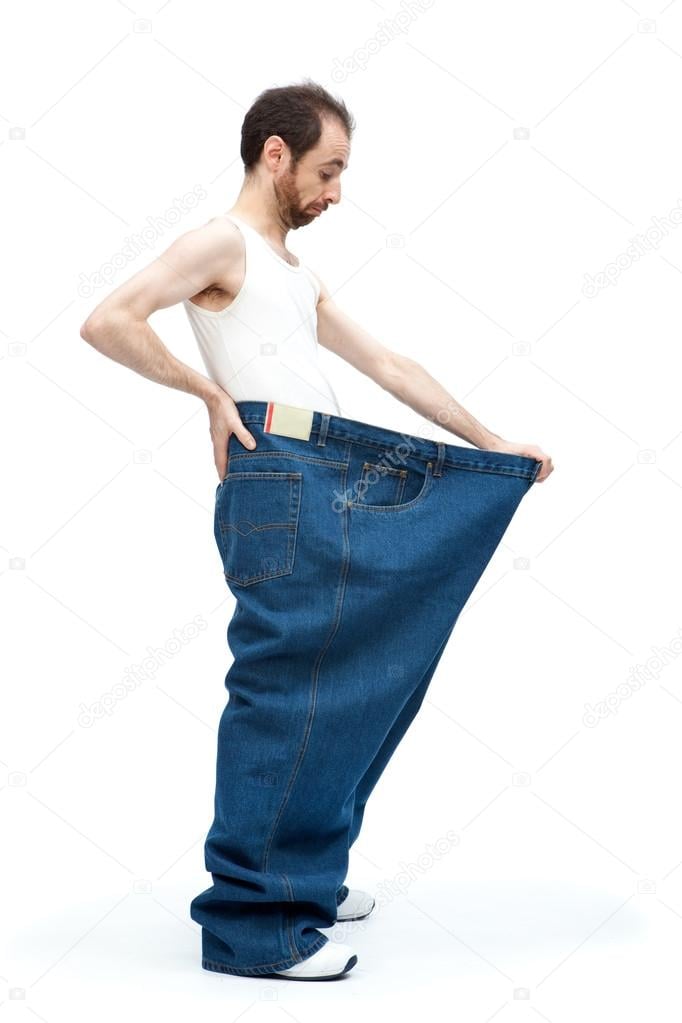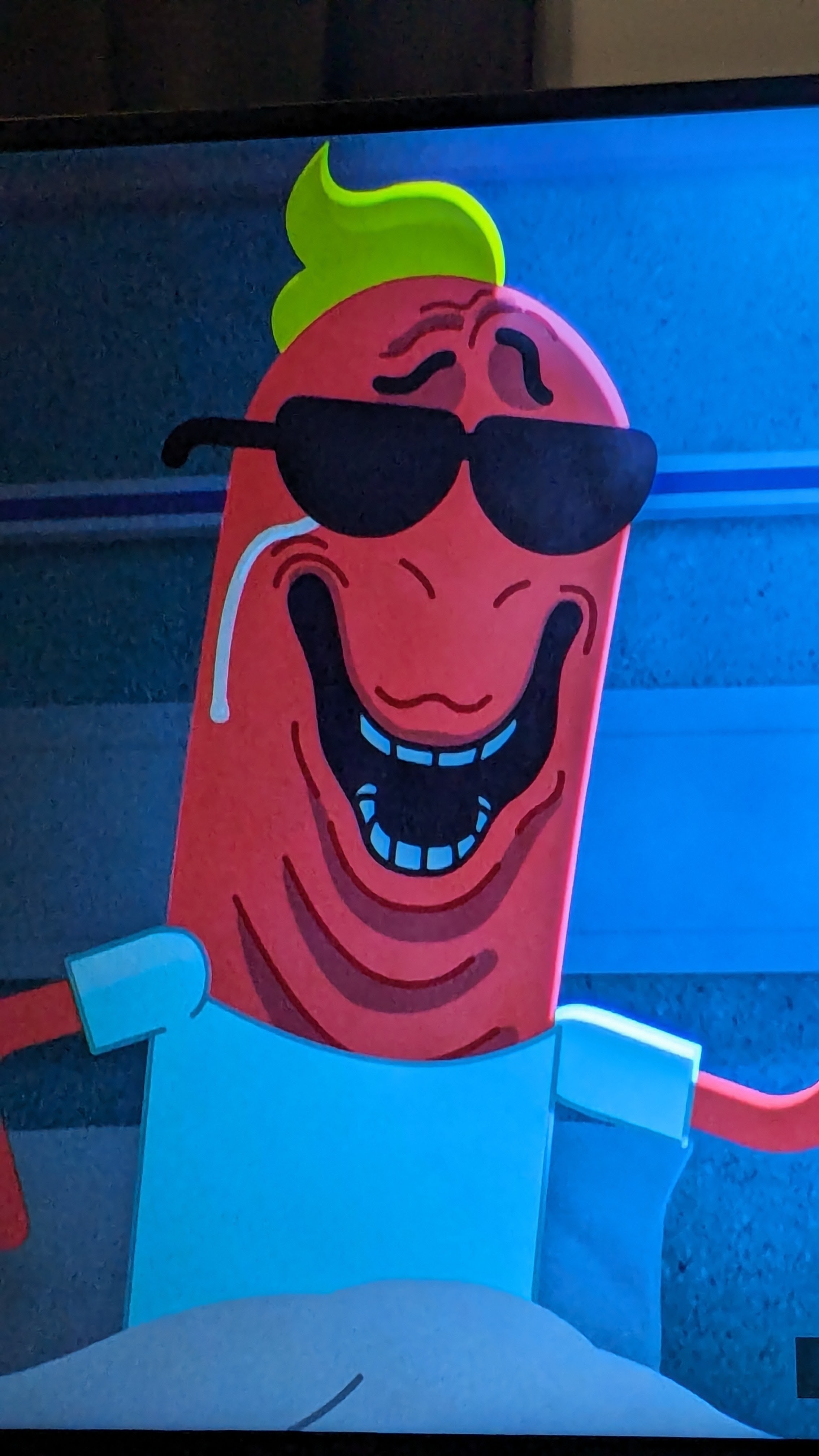- cross-posted to:
- futurology@futurology.today
- cross-posted to:
- futurology@futurology.today
cross-posted from: https://lemmy.ml/post/16488358
Scientists Find Plastic-Eating Fungus Feasting on Great Pacific Garbage Patch
Sounds like great news, no?
Just as we had a time before fungus digesting plant matter, we’ve now had a time before fungus digesting plastics.
“Soon” we’ll get bacteria and insects doing the same, and all our plastic buildings will need to be protected just as the wood ones.
Can’t wait to get a fungus infection that starts eating the micro plastics in my testicles.
I guess all plastic will be biodegradable eventually.
Not really good news for the plastic that isnt waste. Plastic pipes or structures in buildings that were meant to last decades we dont want eaten away by fungus
Still it’s a positive net balance for the planet if it happens this way. But I think the “plastic safety” (in a food sense) would also end?
“The planet” doesn’t have interests so everything is neutral to the planet
Hate to break it to you, but if you store your food for years above freezing and without a protective atmosphere in a plastic container it’s spoiled anyway.
To say nothing of how much cabling is covered by plastic.
Audio
Video
Vehicular
Aviation
Appliances…
…Telecommunications…
…Power…
For earth and the surviving creatures on it this is probably great news, but this is probably going to be a problem for humans in the short term. Plastic is this magic material that is immune to degradation and microbes, now that is no longer the case.
Ultimately that will be a good thing, but think about sanitized plastic medical equipment, now it can slowly be eaten up by microbes that we didn’t have to worry about before.
Yup. Plastic’s main selling point, it’s durability, is no longer going to be a factor when choosing it as a material.
“Nature finds a way” – Dr. Ian Malcolm
The plastic simply was a too nice of an energy source to be left aside by microorganisms. There are microorganisms for basically any energy source the world provides. There are bacteria that live on undersea volcanoes feasting on acids and carbon dioxide, so a fungus eating plastic is no actual surprise.
Unless you include the “uh” in that quote I can’t hear Jeff Goldblum say it, and that’s a trigger I didn’t know it had. So, thanks?
Also he said life, not nature.
“Life, uh, not nature” doesn’t have the same ring to it
It also impresses me that there’s bacteria eating metal under the sea.
“…at a rate of roughly 0.05 percent per day … would take a very long time” … but by my quick calculation 0.9995^3650 is 84% per decade, which is not long. Almost instantaneous on a geological timescale - and think how much the world changed when fungi learned how to digest lignin in wood - ending the era of coal-forming swamps.
It’s going to be a significantly different number than that. You have to factor in growth rate in a resource-abundant environment as well as reduced access to food sources as more of the patch is consumed. But yeah, you’re right that’s actually a very fast rate of consumption of a non-naturally-renewing food source.
I can’t tell if it’s a good news or bad news.
Fungus are great news, the best nonplant plant in the ecosystem
Ahem, Mammals would like a word with you. MAMMALS RULE, FUNGUS DROOLS!
It’s mamals who generally drool though
Slime mold would like to have a drooly word.
deleted by creator
Assuming it doesn’t evolve the ability to digest human flesh after it eats all the plastic, I think this is great news.
An interesting scifi plot could be where said fungi start hungering for the microplastics within us…
First they came for our patch then they came for our balls
Assuming you don’t have the immune system of a plastic bottle you will be fine.
All in all good news. It means less plastic and more biomass.
And more CO2
Yup, if we can sequester the extra CO2 in the biomass part of the carbon cycle I think that’s the best solution, it doesn’t fight life on the planet, instead it works with it.
Yeah, the plastic eatings sometgings never process the toxic bits.
I would really like to know what’s the resulting materials after the breaking down, but the article doesn’t say :(
Well, given what we know about most commercial plastics, which are all derived from oil/complex hydrocarbons, the consumed plastic could be broken down into condensed carbon? Or would it be carbon gases? I’m speculating based on just what I know about plastics, what they are and how they’re made.
The fungi are likely oxidizing the plastic to CO2, probably via many metabolic intermediates. This is likely driven by the fact that plastics are chemically reduced - a rich source of chemical potential energy. Accessing that energy requires enzymatic conversion to a less reduced state, culminating in the fully oxidized CO2 molecule.
So, a byproduct of this process is, potentially, greenhouse gases? Yay.
And some toxic compounds.
I’ve heard living organisms tend to output carbondioxide
That’s because this narrative is at odds with another environmentalist narrative.
Carbon compounds are oxidized by non plant organisms to form carbon dioxide.
The resulting material is fungus? That’s how eating works
There’s a lot of discussion in here about how great this is. And it is. But it is at odds with another environmentalist concern.
What if we could take carbon dioxide and turn it into something that can’t be degraded by living organisms? Well, plastic is one of those things, or was. Plastic is a form of carbon sequestration.
These micro organisms, they’re turning plastic into carbon dioxide. Any and all carbon compounds on earth will enter the carbon cycle. every drop of oil pulled out of the ground, even the stuff that’s used to make plastic, will wind up in the atmosphere.
Well, sure. And that’s really bad for Ice Age evolved macro-species that require a certain survivable temperature and condition to thrive. But you’re missing the bigger picture. For lots of plants and bacteria and various insecticidal organisms that thrive in hot, humid environments, this is going to be absolutely amazing.
Yes, humans are absolutely fucked, along with enormous chunks of the mammalian class of species. But life will continue on in exciting new ways.
Exciting for whom?
Algea and algea adjacent species, mostly.
Conveniently, nature has provided us with another carbon sequestration method that has a lot of other benefits, ranging from being a good building material, to helping regulate the local temperature: trees.
Yep, I concur. I’m of the opinion that that’s all you need to solve this problem.
Like good news right but also fuck my life
If I recall correctly, the Andromeda Strain mutated into a form that ate plastic.

Both books written by Michael Crichton so very fitting.
Before he went full-on raging anti-climate change nut.
Came here for this GIF, thank you for having it ready.
This may all SEEM fine & dandy, but…
The such ocean gyres, if I’m remembering what they’re called correctly, had a normal, established-for-millions-of-years kind-of-ecology in them…
NOW, however, we’re forcing that this fungus become a dominant-player in them…
WHAT DOES THAT FUNGUS DO TO THE OTHER ORGANISMS IN THAT ECOLOGY?
( people may remember some years ago when the Purple Loostrife we imported was killing all our North American marshes, turning them into thickets of woody stems/runners/etc, & each individual plant could put out 50,000 seeds per year…
So, the Canadian Gov’t did test after test after test, & finally resolved that a … Chinese, iirc, ladybird bug ate the stuff, but didn’t eat any other plants…
so, they imported them & let them loose…
You know those new orange ladybird bugs?
the ones that bite animals?
Those are the ones, ttbomk.
They don’t eat any other plants, other than purple loostrife, but their habit of biting us means that carnivorism is normal in them, and … how does that affect the ecology??
You can’t just arbitrarily alter ecologies & responsibly expect them to remain functionally-balanced, & in-harmony: consequences tend to multiply each-other, & tipping-points do get crossed. )
_ /\ _
The ecology changes until a new balance is reached. People can be a bit overly fatalist about these realities. Its not like we’ve never witnessed an ecology change before.
But the more carbon we put into the atmosphere, the more this tiger-by-the-tail we’ve got called Climate Change is worked up. Bad news if your civilization craves stability.







